8 Plants That Repel Pests
8 Plants That Repel Pests
It is a known fact that many insects are drawn to plants and flowers. If you pause to watch some of the flowering plants in your yard, especially during the warmer months, you are bound to see different pest species flying and crawling around. Whether it’s a group of honeybees gathering nectar or a family of whiteflies munching on a leaf, many of our common pests need plants to survive. But not every plant is friendly to pests, and some even repel insects with their own defense mechanisms! Let’s look at 8 plants and herbs that you can grow in your own garden and how they do the hard work of (mostly) preventing pests for you.
Bay Leaves
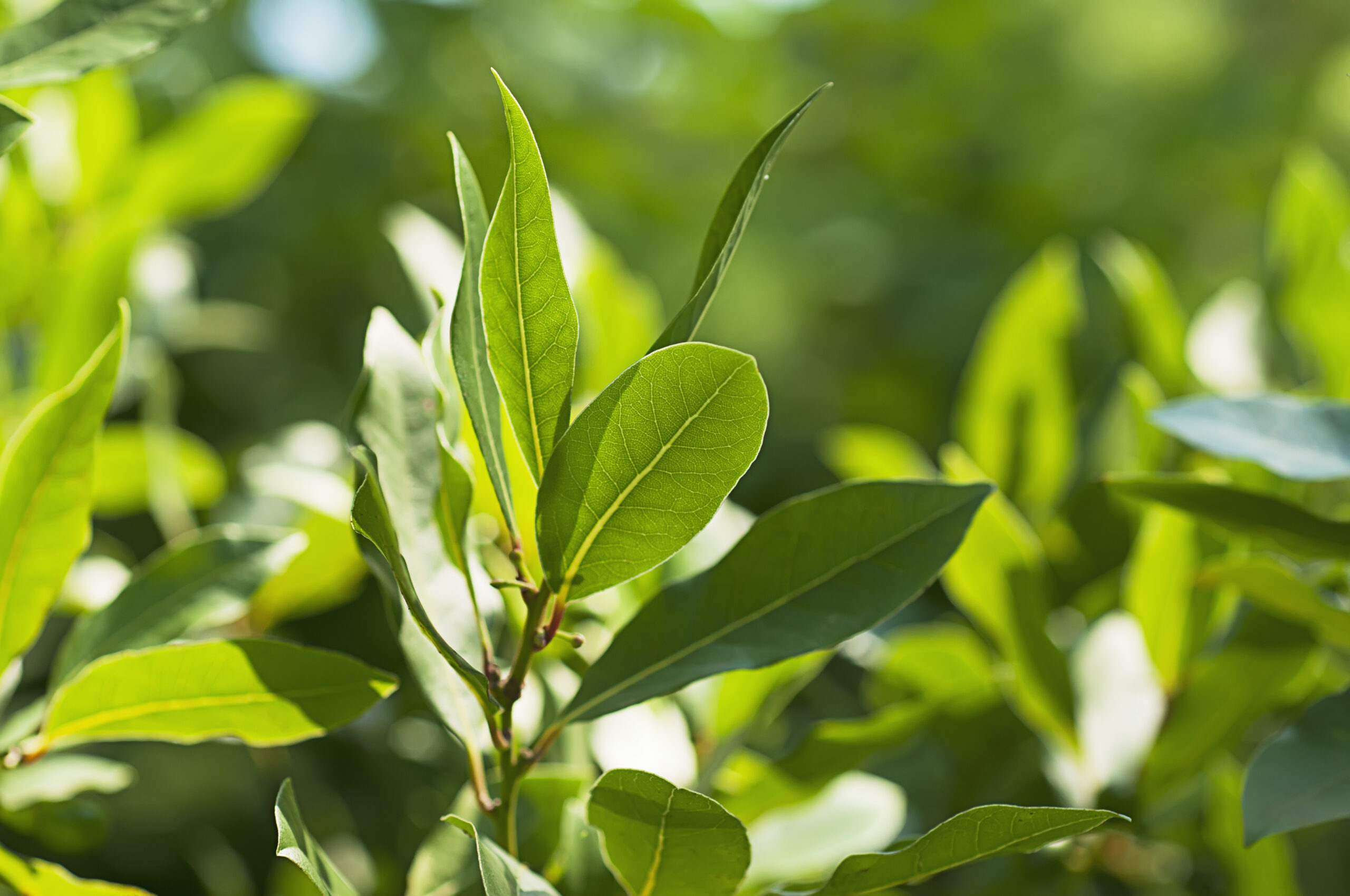
Bay leaves are known for being a tasty ingredient in slow-cooker meals, but that is not the only purpose they serve. They are also great at repelling pests in multiple forms. In addition to actually growing bay leaves, sprinkling loose bay leaves around the garden works too. Either way, the scent of the bay leaves will work to repel some common pest species, including flies, ants, and cockroaches. These leaves also work indoors, as placing a couple bay leaves in the back of the pantry or food cabinets can help to keep ants out of your food. If growing bay leaves sounds more appealing, there are a couple factors to remember. One is that bay leaves grow tall but much more slowly compared to some other herbs and plants. Another is to make sure the plant is receiving lots of sunlight, as full sun is optimal for these trusty leaves.
Catnip
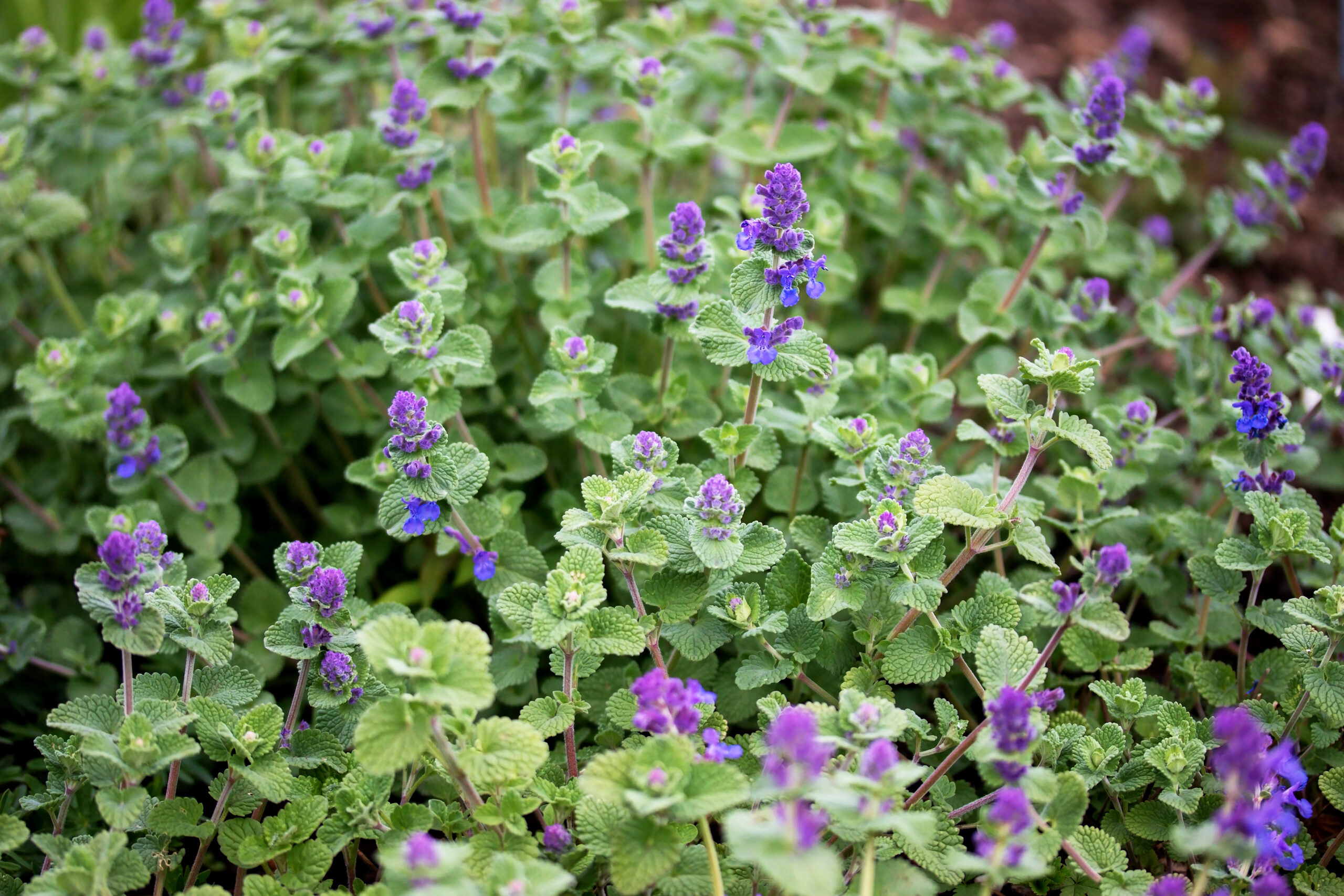
This herb may be attractive to cats, but it is quite the opposite for multiple pests. The reason behind this plant’s efficacy is nepetalactone, the essential oil that is derived from this plant. It is effective in repelling mosquitos, and can be a prominent ingredient in natural pest repellants. It is easier to plant catnip as a transplant from the plant nursery than as seeds, since the seeds can be tricky to grow. It can grow up to 4 feet tall, but can also invade the other sections of the garden if there aren’t any barriers in between. Some of the other pests that catnip repels are flies, cockroaches, and deer ticks. Interestingly enough, this flowering herb does more than just repel pests. It creates a painful sensation in insects who get too close, and it is rare for these pests to make a return visit to a plant that inflicts pain without even touching them.
Chives
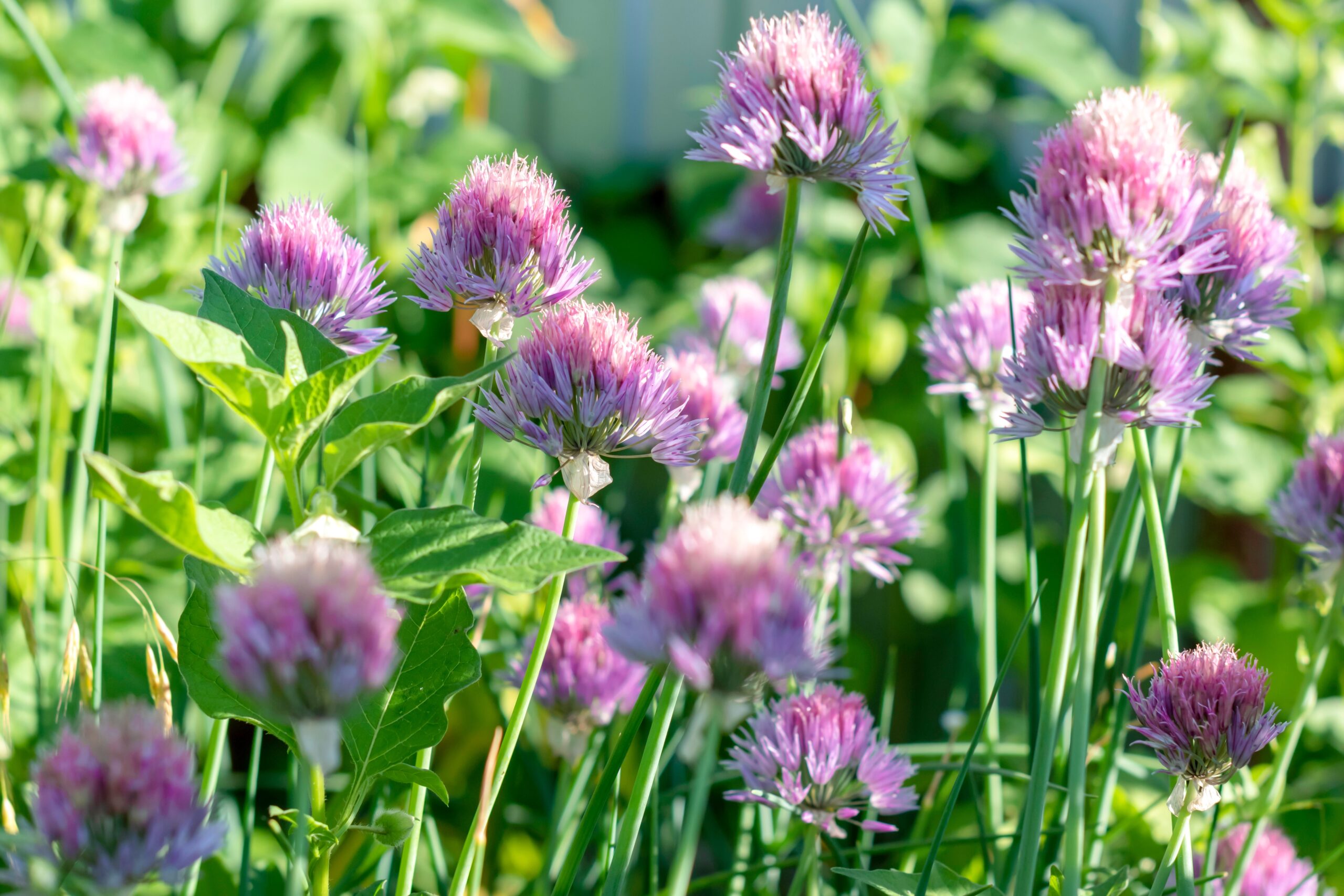
Another plant that is used as a delectable ingredient in many dishes, chives repel plenty of pests in the garden. It is likely due to the strong smell their edible flowers naturally emit. They are most effective when planted, especially on the borders of the garden or landscaping. Chives can also spread quickly if their seeds are scattered in the soil by the wind. They commonly repel Japanese beetles, mites, and aphids. This fact alone is why chives are a great addition to any garden; even if you don’t want to use them in your cooking, chives protect the rest of the plants from some of the most destructive garden pests around. It’s best to prevent these kinds of pests from invading in the first place, as they will not leave an otherwise healthy garden willingly.
Floss Flowers
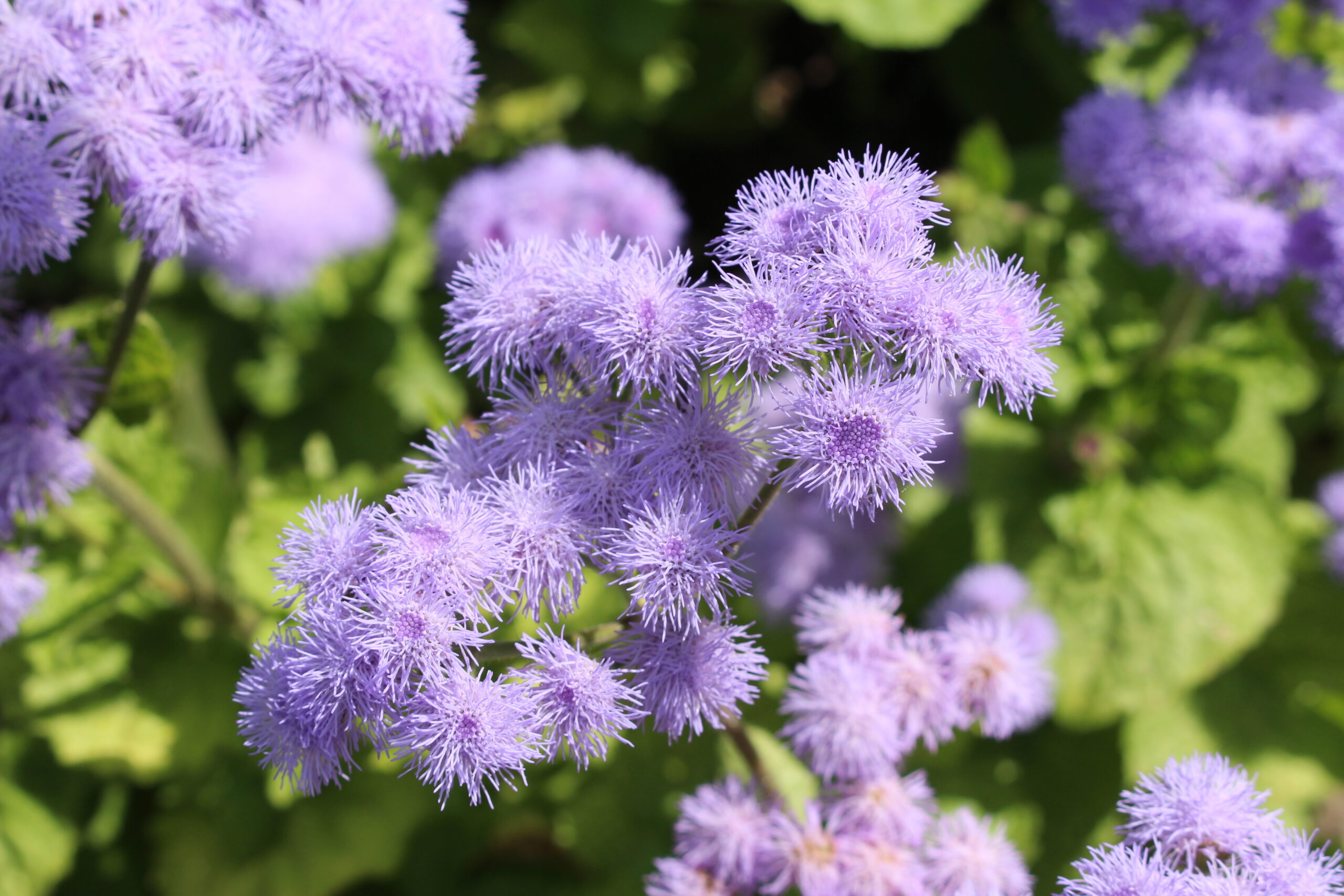
This is one of the most visually appealing plants on this list, which is why they would already be a welcome addition to the yard even without the repellant benefit. Floss flowers are fluffy and come in different colors. The most common are white, blue, and purple. They thrive in fertile soil, and are best either as a bordering plant or incorporated into flower beds. Floss flowers primarily repel mosquitos, but it is not because the insects dislike these fluffy flowers. The real reason is that floss flowers have coumarin, a chemical used in natural insect repellants. Mosquitos despise the smell of coumarin, therefore making this plant an effective way to keep mosquitos away from your yard this spring.
Geraniums
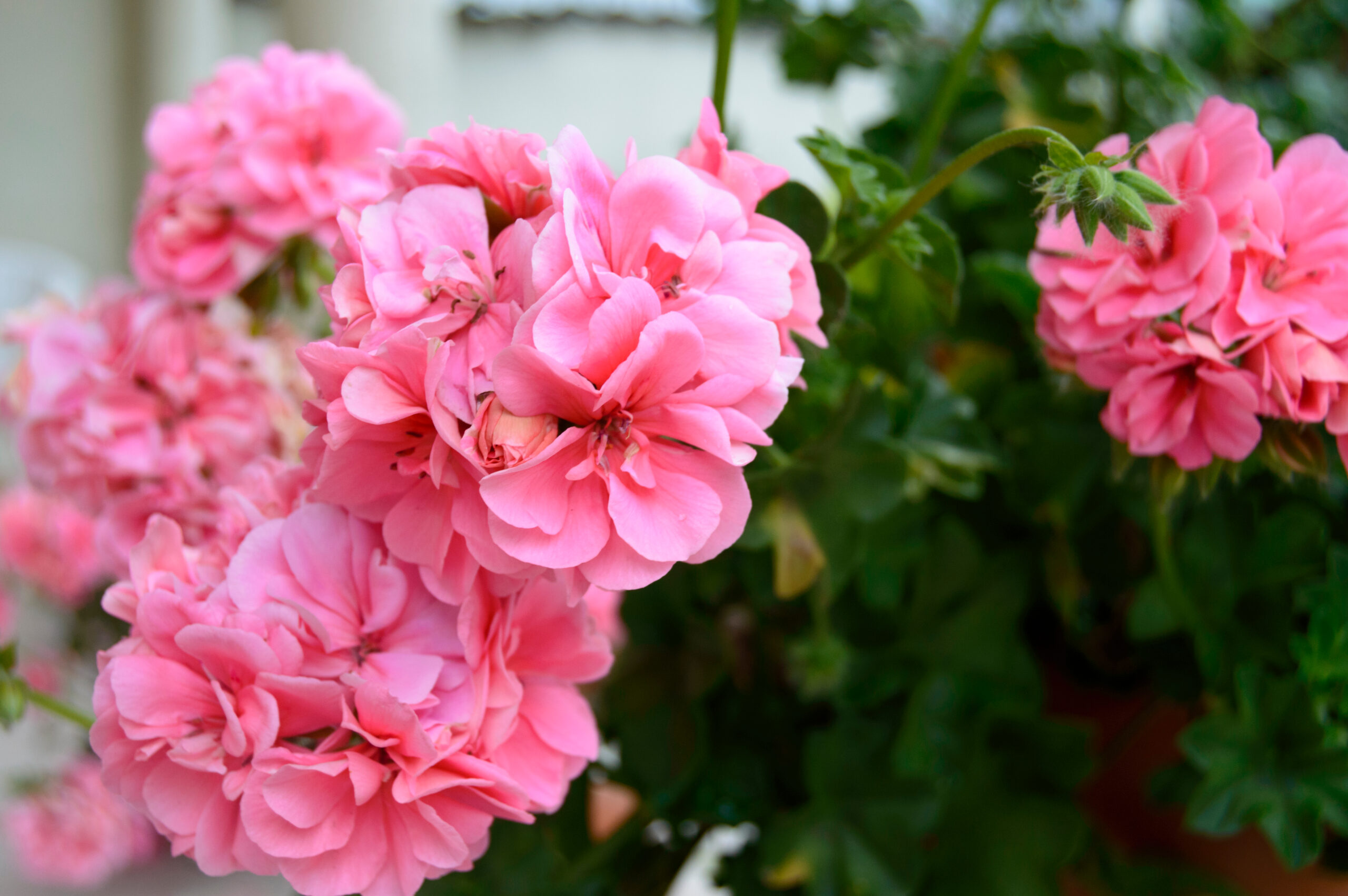
Geraniums are a popular choice for flower beds due to their beauty and bright colors. But did you know that they are also pretty effective in stopping pests from getting too close? These flowers are easy to grow and give off an enjoyable scent when in bloom. Whether grown in the garden, inside the home, or in a hanging planter, geraniums will remain healthy as long as they are in a cooler area. They can even thrive close to other plants, and will benefit them by repelling insects from the area. This is because of geraniol, an extract that is used in eco-friendly repellants. Mosquitos and leafhoppers are commonly affected by geraniol, and therefore are not found lounging around on some geraniums when they invade a garden.
Lemon Thyme
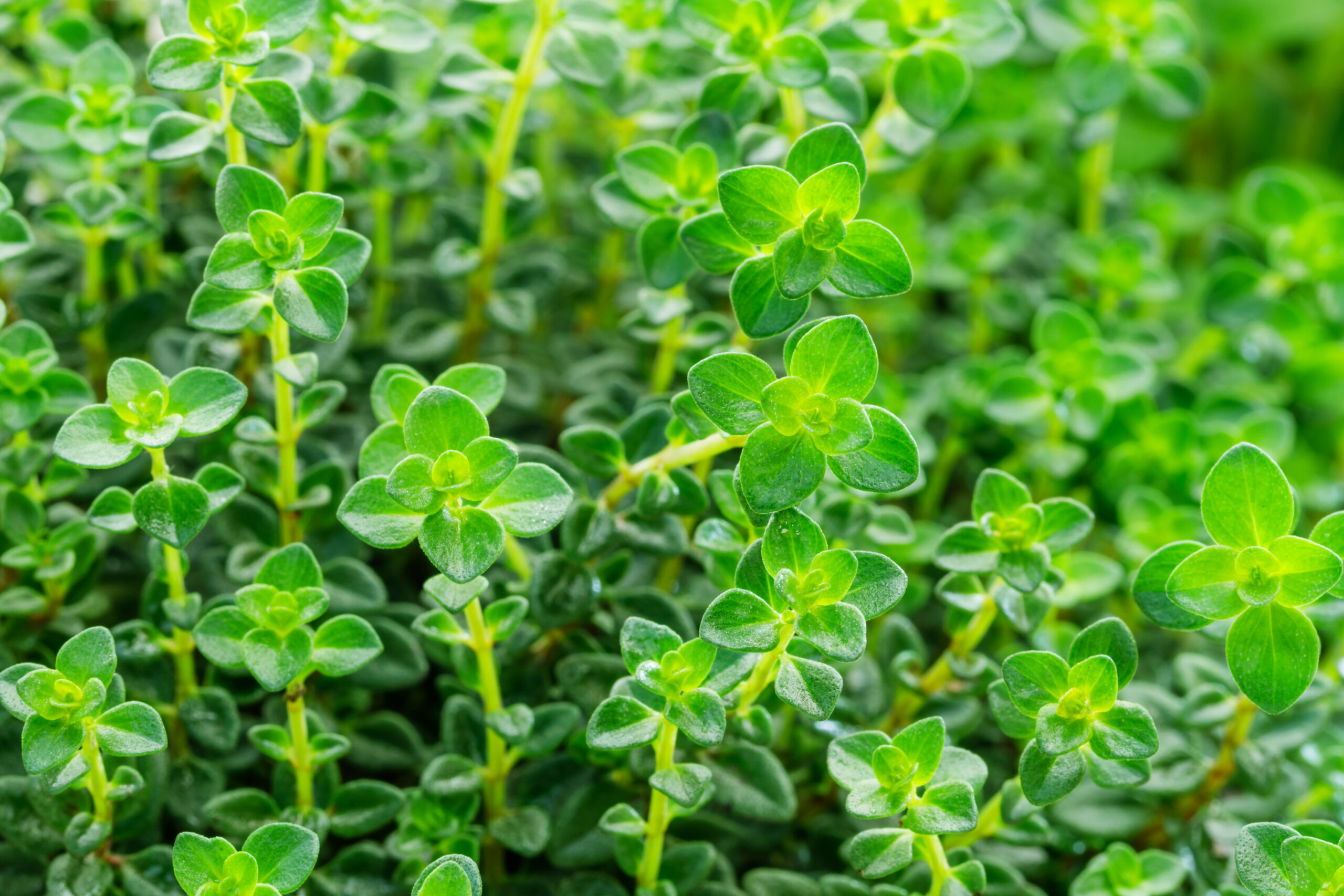
Lemon thyme is a creeping herb, which means it stays low to the ground and can grow closer to other plants than most species. It can be used as a ground cover in gardens for this reason, thus protecting the general plants from any invaders. This herb has a citrusy smell that is much more pleasant to us than it is to insects. It can be used as a zesty herb in many dishes, especially ones that involve fish or vegetables. Lemon thyme can also be grown in planters as long as they have sufficient sunlight every day. It can survive short periods of drought, but the only way for lemon thyme to actually repel pests is to crush some of the leaves. Mosquitos hate the smell, so crushing the leaves will release the scent and keep mosquitos out. Interestingly, the citrus smell doesn’t offend bees, so lemon thyme can still be pollinated even if the leaves are crushed.
Nasturtiums
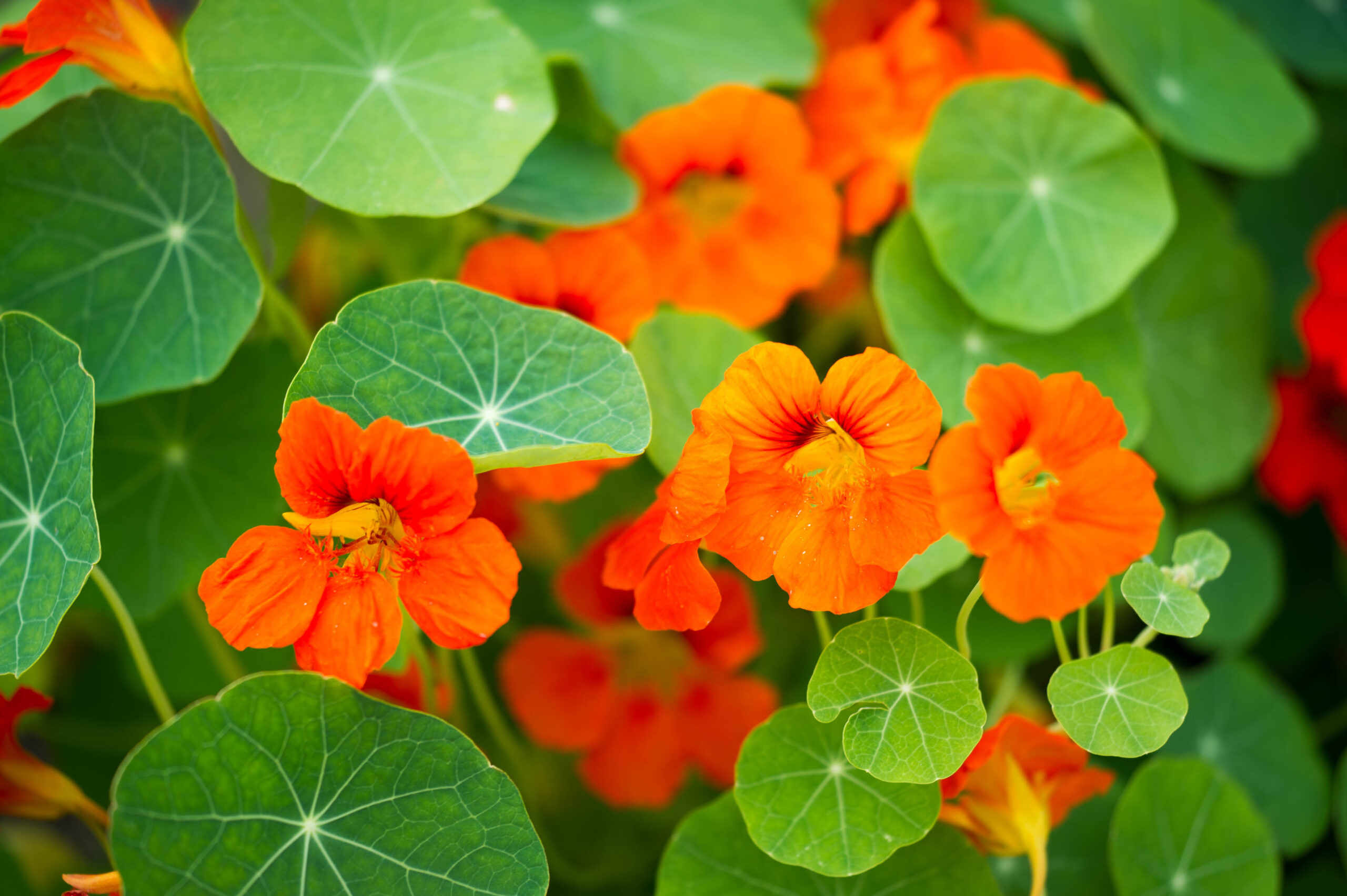
This is one of the most common pest-repelling plants on online lists dedicated to this topic. Nasturtiums grow in any open space they are near, which is why they are great borders of vegetable gardens. These flowers (which are edible) release a chemical into the air that insects despise, which keeps all of the surrounding plants safe from infestations. Nasturtiums repel whiteflies, aphids, squash bugs, and beetles, all of which could be a big problem for a veggie garden. But these flowers are multi-talented, as they can also attract some pests to their leaves in order to distract them from the other plants. Cabbage moths are one of the most common, and the hearty plant is strong enough to recover from this new attack. Similar to lemon thyme, the chemicals in nasturtiums don’t bother bees. While other insects are busy being repulsed by the scent, bees can continue their work routine of pollinating every flower they find.
Pitcher Plants

This plant technically attracts pests rather than repels them, but it’s arguably the most interesting due to the creative defense methods it uses. Pitcher plants are carnivorous and act similar to a Venus fly trap by trapping and eating insects that get inside. These plants need plenty of sun and moisture to thrive, and they are best grown in a pot that sits in a drainage tray filled with water. The pitcher plant gets its meals by attracting insects with its leaf structure, aka the pitcher. When the insect dares to venture inside the pitcher, it unwillingly slides down due to the slippery hairs within the pitcher. Once the insect hits the water stored at the base inside the pitcher, it will eventually die by drowning, thereby providing the plant with another hearty meal. The most common insects that fall (literally) into the trap are wasps, ants, flies, bees, beetles, snails, and slugs. Pitcher plants are already fun-looking plants, but this fascinating feature is enough to justify introducing it to any yard that needs some natural pest control.
Green Pest Services is a Garden’s Best Friend
Even a yard full of these plants will not be invincible to pest problems. This group of invasive critters will find a way to work around the barriers if the plants are the only pest control measures put in place. But paired with the treatments from Green Pest Services, pests don’t stand a chance! Our team of knowledgable technicians will leave no stone unturned when inspecting the property for evidence of pests. We will then formulate a customized treatment plan that will solves each problem as efficiently as possible. Our eco-friendly treatments will not harm your plants or leave hazardous chemicals behind, and we guarantee their efficacy against pests. Contact us for more information on how we can keep your home pest-free, whether you have every pest-repelling plant in the book or none at all.
Citations
11 garden plants to help keep bugs away!. (2022, October 13). TruGreen. Retrieved March 7, 2023, from https://trugreenmidsouth.com/blog/11-garden-plants-keep-bugs-away/
15 garden plants that repel pests naturally. (2021, June 7). MasterClass. Retrieved March 7, 2023, from https://www.masterclass.com/articles/garden-plants-that-repel-pests-naturally
Ball, J. (2022, February 17). 7 plants that repel bugs and mosquitos. EatingWell. Available at https://www.eatingwell.com/article/7947914/plants-that-repel-bugs-and-mosquitos/ (Accessed on March 7, 2023).
Griffiths, M. (2022, July 1). Mosquito repellant plants – 10 natural pest-deterrents for your garden. Homes & Gardens. Available at https://www.homesandgardens.com/gardens/mosquito-repellent-plants (Accessed on March 7, 2023).
Hughes, M. (2022, September 15). 8 insect-repelling plants that work naturally to send bugs packing. Better Homes & Gardens. Available at https://www.bhg.com/gardening/pests/insects-diseases-weeds/insect-repelling-plants-281474979708344/ (Accessed on March 7, 2023).
Inge, C. (2017, July 17). Geraniums as insect repellant. Garden Guides. Available at https://www.gardenguides.com/96596-look-after-geraniums.html (Accessed on March 7, 2023).
Oder, T. (2022, November 3). 12 plants that repel unwanted insects (including mosquitos). Treehugger. Available at https://www.treehugger.com/plants-that-repel-unwanted-insects-4864336 (Accessed on March 7, 2023).
Vila, B. (n.d.). 10 plants to grow for a pest-proof yard. Bob Vila. Available at https://www.bobvila.com/slideshow/10-plants-to-grow-for-a-pest-proof-yard-49121 (Accessed on March 7, 2023).

